Normal Tracing Numbers Worksheets Activities With Answers for 7-Year-Olds
7 filtered results
-
From - To
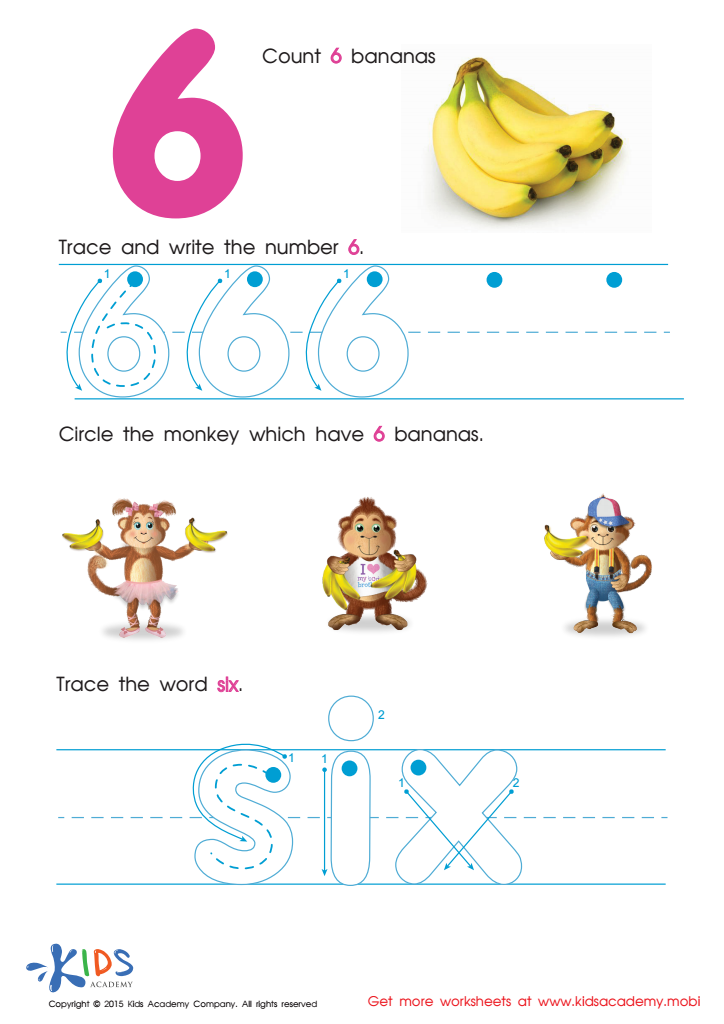

Tracing And Writing Number 6 Worksheet
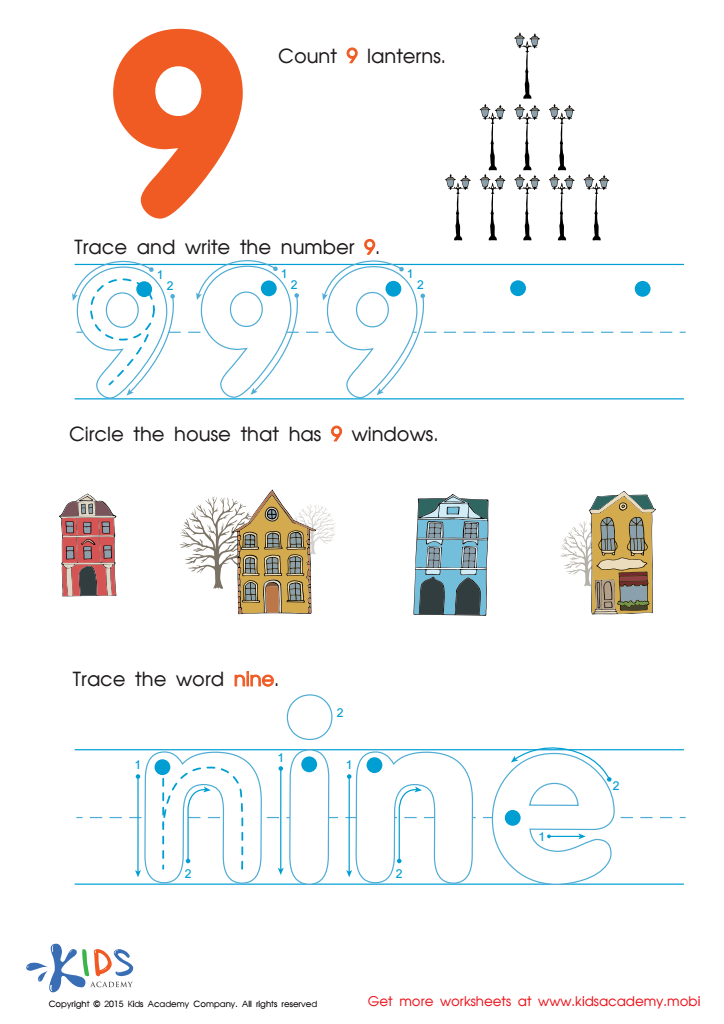

Tracing And Learning to Write Number 9 Worksheet


Learning Number Three Worksheet
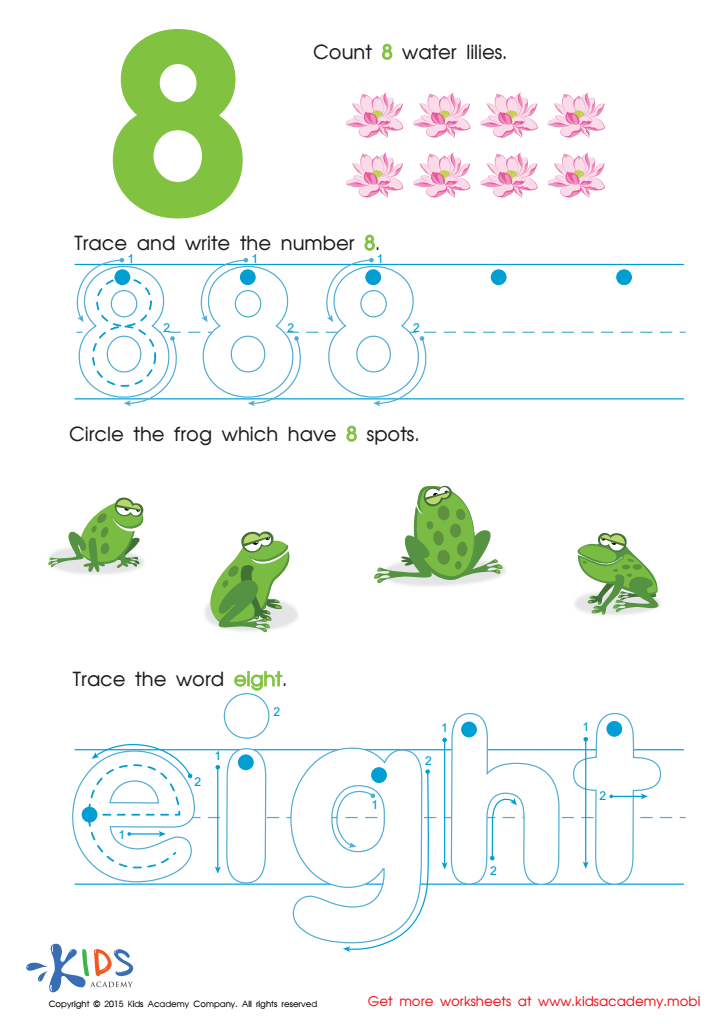

Learn Number 8 Easily Worksheet
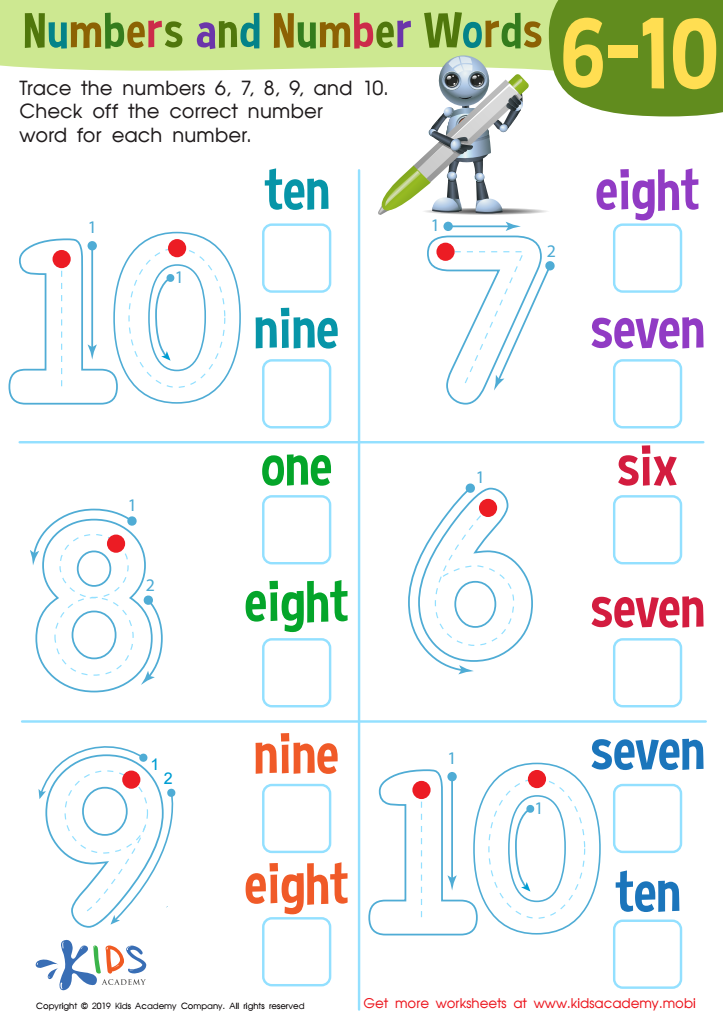

Numbers and Number Words 6–1 Worksheet
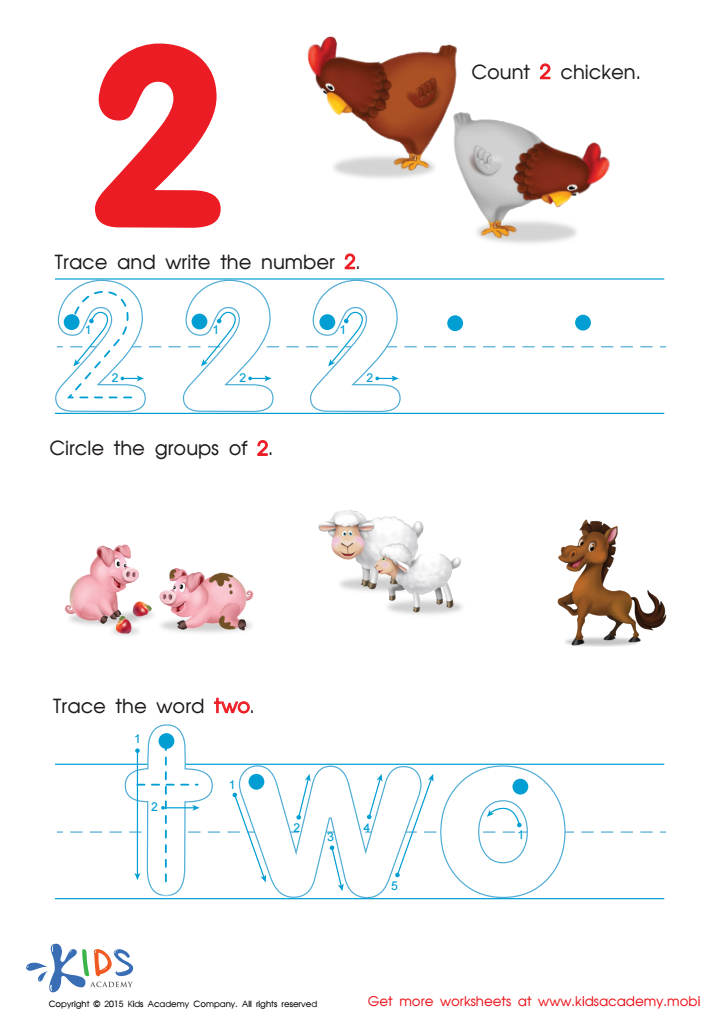

Learn to Write the Number 2 Worksheet
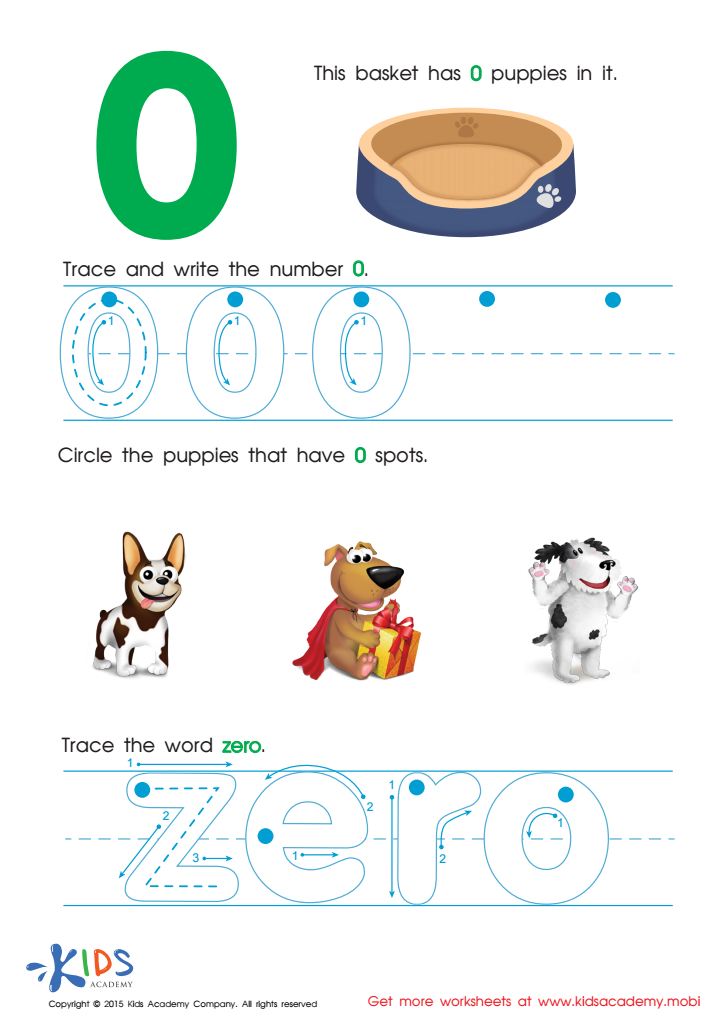

Trace And Write Number 0 Worksheet
Normal Tracing Numbers Worksheets Activities with Answers are an invaluable tool in the realm of early childhood education, providing a structured yet engaging pathway for young learners to grasp the fundamental concepts of numeration. These activities are designed not just to teach children how to count, but also to understand numbers' shapes, how they relate to each other, and how they fit into the broader mathematical world.
One of the primary benefits of Normal Tracing Numbers Worksheets Activities with Answers is the direct enhancement of fine motor skills. As children trace numbers, they refine their pencil grip and control, laying a foundational skill set necessary for writing letters and numbers independently. This physical interaction with numbers also aids in the cognitive process of number recognition, an essential early step in developing mathematical proficiency.
Moreover, these worksheets often come with answers, enabling learners to self-assess their work and understand their mistakes. This immediate feedback loop encourages a growth mindset, teaching children that errors are opportunities for learning, not failures. It fosters independence and confidence in young learners, as they see real progress in their abilities to recognize and write numbers correctly.
Furthermore, Normal Tracing Numbers Worksheets Activities with Answers can be incredibly versatile, catering to a wide range of learning styles. Whether a child is a visual, auditory, or kinesthetic learner, tracing numbers provides a tangible, interactive experience that can reinforce learning in a multi-sensory manner. This versatility ensures that all children, regardless of their preferred learning method, can benefit from these activities.
In conclusion, Normal Tracing Numbers Worksheets Activities with Answers are not just another task for young learners to complete. They are a carefully designed educational strategy that promotes fine motor development, number recognition, self-assessment, and confidence in young minds, making them an essential part of foundational mathematical education.

 Assign to My Students
Assign to My Students















